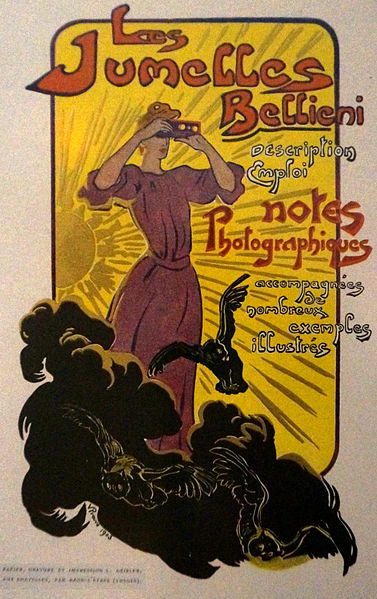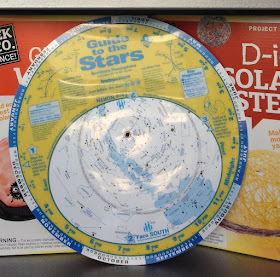First off, if you are looking for a gift for an astronomy buff, a telescope is probably not the first item you should buy. Before one can successfully use a telescope to study deep sky objects, you really need to be able to find your way through the night sky. Learning how to locate stars in constellations will allow you to find the faint objects nearby. A star wheel is a excellent tool for finding constellations, and will never go out of date. Star wheels are available at the Peoria Riverfront Museum store, and online. For more help in finding constellations, I recommend the book The Stars: A New Way to See Them by H.A. Ray, and The Total Skywatcher's Manual by the Astronomical Society of the Pacific. Frequent trips to the planetarium to see Stars Over Peoria would help too. We teach classes in our museum school about constellations and how to find them as well.
 |
| Binoculars are a great way to start observing the night sky in greater detail. Image source |
 |
| Northmoor Observatory. Image Credit: GG Nature Photo |
 |
| Planetarium staff being goofy with an 8 inch dobsonian telescope. |
You can always learn what's up in the night sky and the latest news from space at the Dome Planetarium at the Peoria Riverfront Museum. Follow us on Facebook or Twitter for daily updates.
| Star Wars themed Pub Night in the Planetarium? Yes, please! |

No comments:
Post a Comment